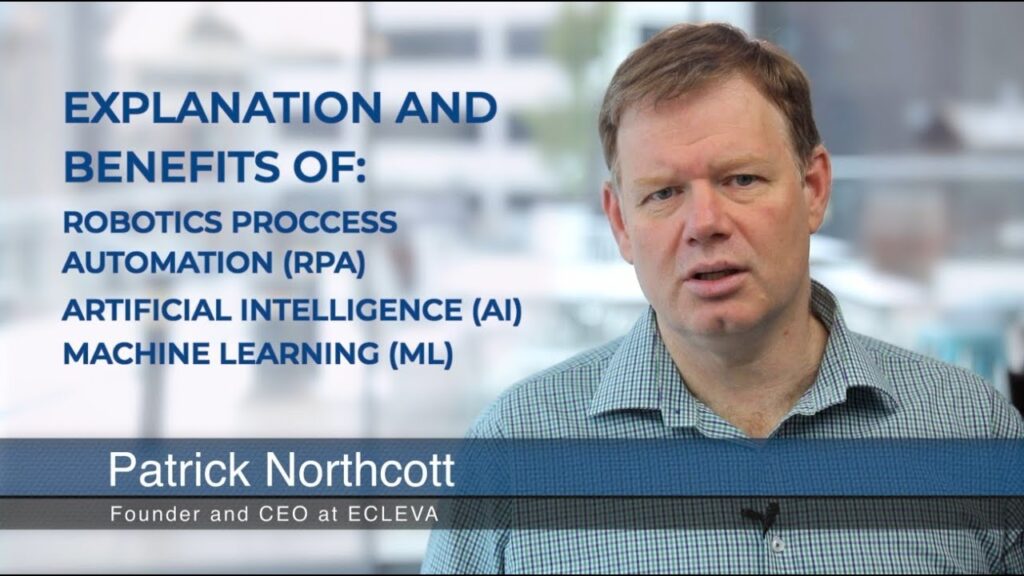Artificial Intelligence (AI) and Robotic Process Automation (RPA) have revolutionized industries across the globe, offering unprecedented levels of efficiency, accuracy, and scalability. In this article, we will dive into the world of RPA and explore its impacts on various sectors.
RPA is a technology that enables the automation of repetitive and mundane tasks, freeing up human capital to focus on more strategic and creative endeavors. It utilizes software robots or bots to perform rule-based actions, mimicking human interactions with various digital systems. By streamlining workflows and reducing manual errors, RPA has emerged as a game-changer in the business landscape.
One of the primary benefits of RPA is its ability to enhance operational efficiency. Imagine a scenario where a company's customer service team receives hundreds of inquiries every day. Traditionally, employees would spend countless hours manually sorting and responding to these requests. With the implementation of RPA, software robots can seamlessly handle incoming emails, categorize and prioritize them, and even draft relevant responses. This significantly reduces response times and improves customer satisfaction.
Moreover, RPA brings enhanced scalability to organizations. As businesses grow, the volume of repetitive tasks tends to increase exponentially. Hiring new staff solely for these tasks can be both time-consuming and costly. RPA provides an agile solution by facilitating the scalability of operations without the need for extensive recruitment processes. By automating repetitive tasks, organizations can adapt to changing demands swiftly while optimizing their resource allocation.
Another significant advantage of RPA lies in the reduction of errors and the consequent improvement in data accuracy. Human beings are prone to making mistakes, particularly when dealing with repetitive tasks. Incorrect data entries or miscalculations can have severe consequences, leading to financial losses or damage to reputation. RPA eliminates such risks by enforcing standardization and precision in data handling processes. Consequently, organizations can rely on accurate data for informed decision-making and compliance purposes.
It is worth noting that RPA does not aim to replace human employees; rather, it enhances their capabilities and empowers them to focus on value-added activities. By automating routine tasks, RPA allows employees to shift their time and energy towards more strategic and creative endeavors that require complex problem-solving skills. This, in turn, boosts employee morale and job satisfaction, contributing to an overall positive work environment.
Now that we have established the benefits of RPA, it is essential to understand how it intersects with AI and Machine Learning (ML). While RPA focuses on automating rule-based actions, AI and ML have the potential to bring cognitive capabilities to the table. AI enables software robots to learn from previous interactions and make autonomous decisions based on complex algorithms. ML algorithms can analyze vast amounts of data and identify patterns, enabling RPA systems to continuously improve and adapt to evolving business needs.
The combination of RPA, AI, and ML opens up a world of possibilities for organizations. It facilitates predictive analytics, enabling businesses to anticipate customer needs and make data-driven decisions. Additionally, AI-powered robots can handle unstructured data sources such as emails, chat logs, and social media feeds, leading to enhanced customer insights and personalized experiences.
In conclusion, RPA, AI, and ML have revolutionized the way businesses operate. By automating repetitive tasks, organizations can improve operational efficiency, enhance scalability, reduce errors, and empower their employees. The intersection of RPA with AI and ML further augments these benefits, unleashing the potential for predictive analytics and personalized customer experiences. As industries continue to evolve, embracing these technologies will be crucial for organizations to stay competitive and thrive in the digital age. So, buckle up and get ready to witness the ongoing transformation brought about by RPA and its allied technologies.
Industrial Robot
"Unleashing Efficiency: Exploring Benefits of Robotic Process Automation, Artificial Intelligence & Machine Learning"


